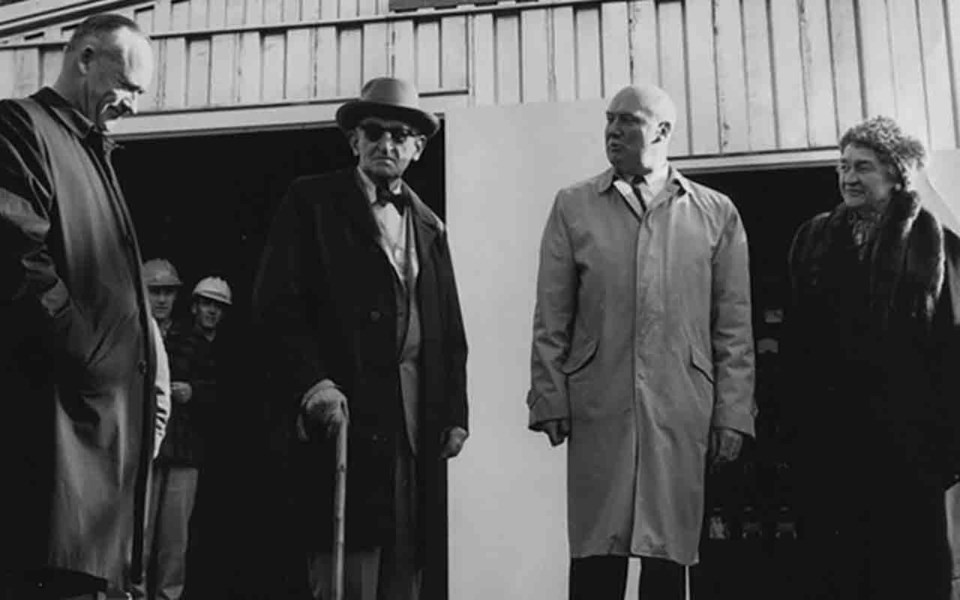Throughout B.C. we are blessed with an abundance of mighty rivers from which we get almost 90 per cent of our electricity. Here in Whistler we're surrounded by hydro-generating stations of all sizes, notably the IPP on Fitzsimmons Creek.
Considering this natural bounty, it's hard to believe that a mere 50 years ago Alta Lake residents had still not entered the modern electric era.
A few Alta Lake residents did take up the initiative themselves to bring power to the valley and their properties. Bob Williamson installed a small wind-powered turbine at the south end of Alta Lake, but it could only power a few lights when the wind picked up.
Dick Fairhurst was more successful with the water-wheel and generator he installed on Scotia Creek in 1954, providing steady, reliable power for his Cypress Lodge.
In later years Alex and Myrtle Philip purchased a gas-powered generator for Rainbow Lodge. But aside from these few enterprising DIY-ers, Alta Lake residents continued on with pre-electric living.
Heating was mostly from firewood (some residents had oil or coal-burning furnaces) with bedtime reading done by candlelight or gas lantern. Refrigeration was accomplished in sheds full of thick ice blocks cut from Alta Lake in winter and insulated through the summer with sawdust from local mills.
This lack of hydro service must have been especially frustrating since high-voltage transmission lines ran through the valley as early as the 1930s, linking the Bridge River Hydro dam to Vancouver. At the same time there were plenty of plans for more hydro-development closer to home, including dams at Garibaldi Lake, Cheakamus Lake, on the Soo River and elsewhere—but that's another story altogether.
Then in the late 1950s, BC Hydro built the Cheakamus Dam at Daisy Lake and another set of transmission lines linking Seton Portage to Squamish were constructed. Ironically, work crews for the power lines (which included a young Peter Alder, the influential ski area manager/developer who continues to call Whistler home) were even housed at the still-unserviced Rainbow Lodge for some time. Still, no infrastructure was provided to convert the 230,000 volts running through the valley into something a little more manageable for the residents of Alta Lake.
It wasn't until November 1965, a few months before ski operations on Whistler Mountain began, that the Rainbow Substation was finally completed. It was only fitting that Alex and Myrtle Philip were the honourary guests at the opening ceremonies. In typically stylish fashion the Philips were a little late for the event, but as Alex noted, "after 54 years without hydro, what's five minutes?"
Alex was granted the honour of actually flipping the switch that finally energized the valley. Unable to conceal the thrill of the moment, Alex let out an excited "I did it!" and a new era dawned upon the Whistler Valley. For the now-retired Philips this meant they could spend the winter at Alta Lake, instead of with friends in the city as they had in previous years.




